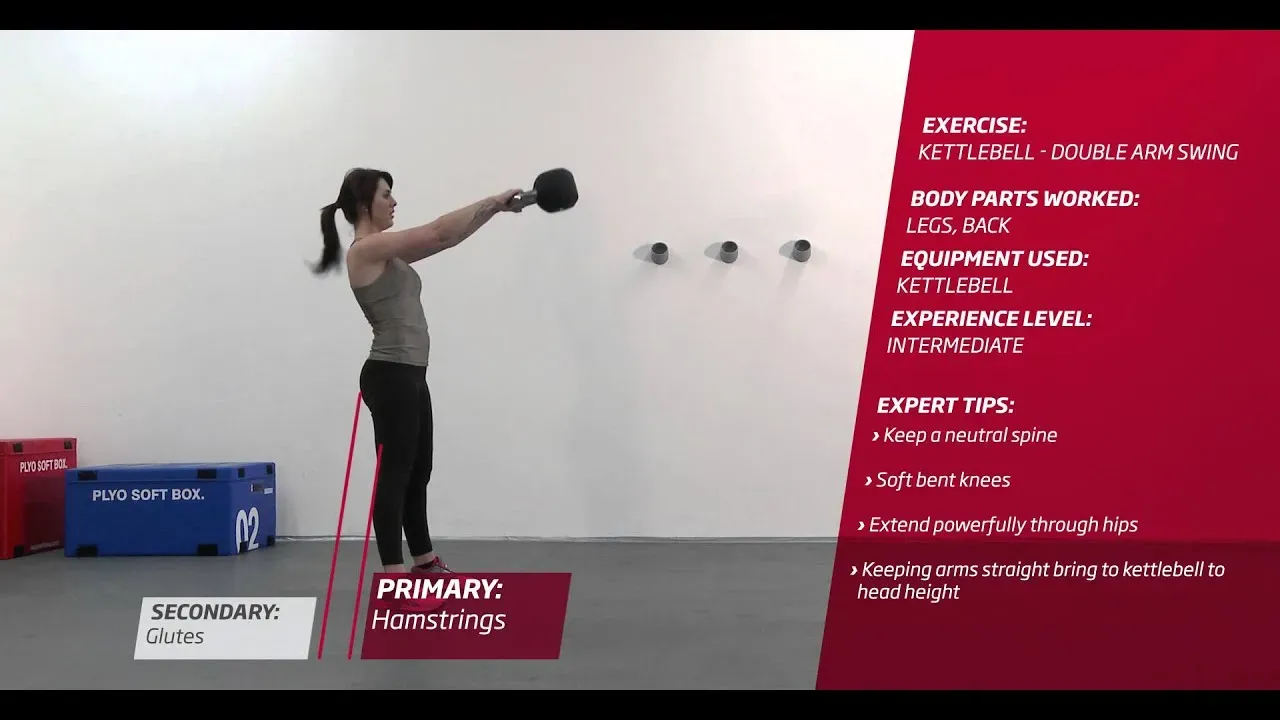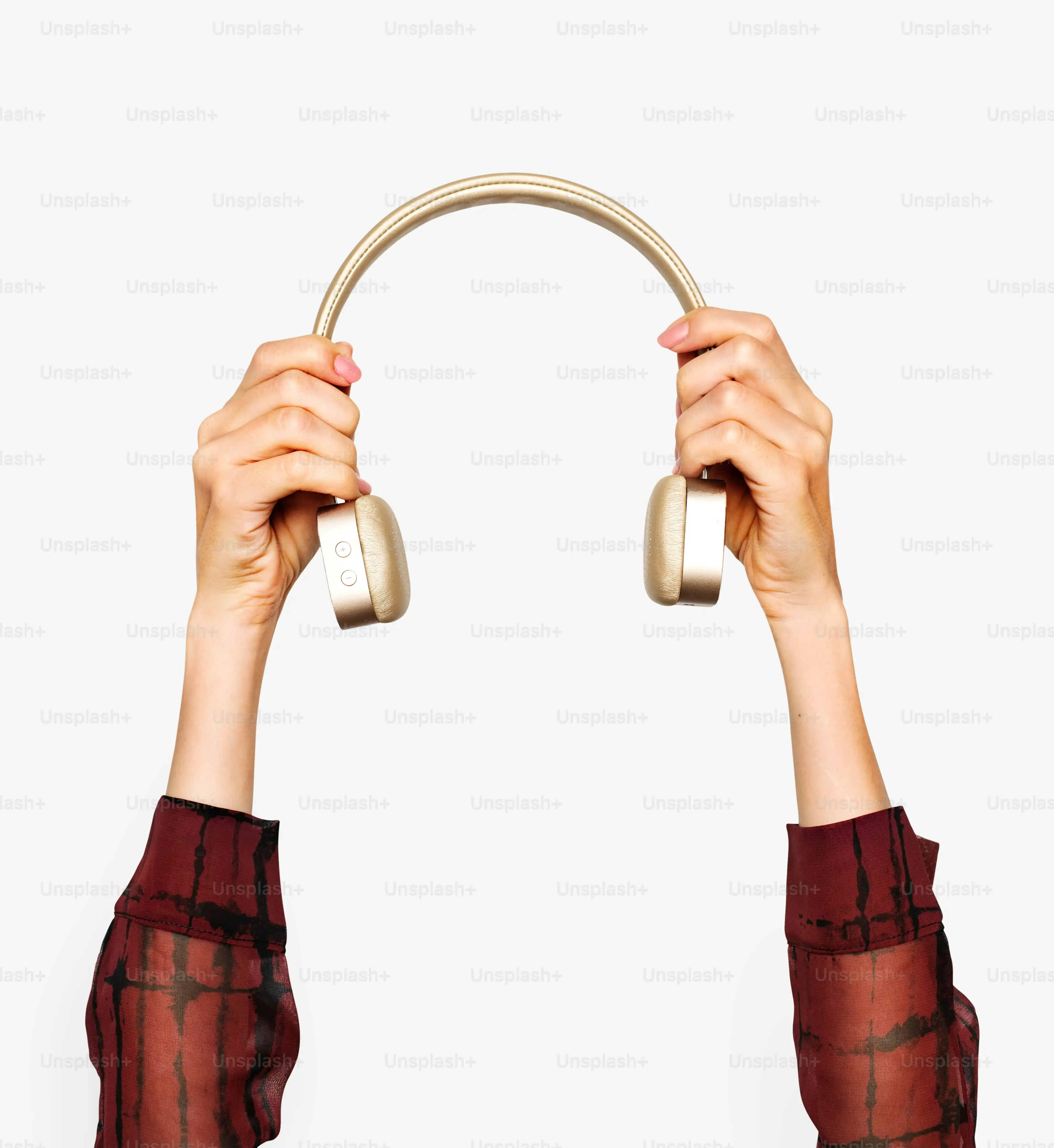Table of Contents
Tired of spending hours in the gym with minimal results? Feeling like your current routine is about as exciting as watching paint dry? You’re not alone. Many people chase fitness goals by hopping from one complicated machine to the next, or worse, doing endless reps of exercises that don't actually build real-world strength or power. If you’re looking for an exercise that cuts through the noise, hits multiple muscle groups, and delivers serious bang for your buck, it’s time to talk about the double arm kettlebell swing.
Why the Double Arm Kettlebell Swing Deserves Your Attention

Why the Double Arm Kettlebell Swing Deserves Your Attention
Let's cut to the chase: thedouble arm kettlebell swingisn't just another exercise you tack onto the end of your workout. It's a fundamental movement pattern that builds explosive power from your hips, which is basically the engine of athletic performance. Think about jumping, sprinting, or even just picking something heavy off the floor – it all starts in the hips. Unlike isolating muscles on a machine, the swing teaches your entire posterior chain – hamstrings, glutes, and lower back – to work together forcefully. It also torches calories and builds serious grip strength. If you're serious about moving better, getting stronger, and conditioning your body efficiently, ignoring the double arm kettlebell swing is like trying to drive a car without an engine.
Executing the Perfect Double Arm Kettlebell Swing: Form is Everything

Executing the Perfect Double Arm Kettlebell Swing: Form is Everything
Getting Set Up for the Swing
so you're ready to swing. Don't just grab the bell and start yanking. The setup is critical for a safe and powerfuldouble arm kettlebell swing. Place the kettlebell about a foot in front of you. Hinge at your hips – think about pushing your butt back like you're trying to touch a wall behind you – and maintain a flat back. Your knees should have a slight bend, but this isn't a squat. Reach forward and grip the handle firmly with both hands. Your shoulders should be pulled back and down, not rounded forward like a sad turtle. Your gaze should be fixed a few feet in front of you on the floor. Get tight through your core before you even move the bell.
The Hike Pass and Explosive Hinge
From your setup position, hike the kettlebell back hard between your legs, aiming for your groin. This is the "hike pass," and it loads your hips like a spring. Keep your back flat and your core braced. As the bell reaches its backmost point, powerfully and explosively extend your hips forward. Imagine snapping your hips like a whip. This hip drive, not your arms, is what generates the force to propel the kettlebell forward and up. Your arms are just ropes connecting your hips to the bell. Squeeze your glutes hard at the top of the movement.
- Feet shoulder-width apart, slight toe turn out
- Kettlebell a foot in front
- Hinge at hips, back flat, slight knee bend
- Shoulders packed down and back
- Grip the handle firmly
- Hike the bell aggressively between legs
- Explode hips forward, not up
- Squeeze glutes hard at the top
The Top Position and Controlled Descent
At the top of thedouble arm kettlebell swing, your body should be standing tall and straight. The kettlebell should be roughly chest to eye level, floating momentarily. Your arms remain straight, not lifting the bell. Avoid leaning back or letting the bell pull you forward. Let gravity do its job as the bell begins to descend. As it falls, control its path back between your legs, again hinging at the hips as it approaches your groin for the next rep. Think of it as a controlled, powerful pendulum motion driven by your hips.
Common Mistakes in the Double Arm Kettlebell Swing (And How to Fix Them)

Common Mistakes in the Double Arm Kettlebell Swing (And How to Fix Them)
Common Mistakes in the Double Arm Kettlebell Swing (And How to Fix Them)
Alright, so you’ve got the setup and the basic motion down for the double arm kettlebell swing. That's a solid start. But let's be real, just doing the motion isn't enough. Doing it wrong is a fast track to nowhere good – think tweaked backs, sore shoulders, and zero actual power gains. Spotting and fixing these common slip-ups is just as important as learning the movement itself. It's the difference between building a powerful physique and just awkwardly swinging a heavy object.
Mistake #1: Squatting the Swing
This is probably the most frequent offender. Instead of hinging at the hips, people drop into a squat. You see the knees bending a lot, the chest staying upright, and the bell not going far back between the legs. This turns the powerful hip-driven movement into a weak, knee-dominant exercise. You lose all that juicy elastic energy from the hamstrings and glutes. Your quads get a workout, sure, but that's not the point of the swing. The point is the explosive hip extension.
How to Fix It:
Focus intensely on pushing your hips back. Imagine that wall behind you again. Keep your shins mostly vertical. Your torso will naturally lean forward, but your back stays flat. Think "butt back," not "knees forward." Practice the hip hinge movement without the kettlebell first. Stand with your back to a wall, about a foot away, and practice pushing your butt back to touch the wall without moving your feet or rounding your back. Once you feel that hip hinge, add the bell back in, but keep the focus on that hip movement.
- Focus on HIPS back, not knees forward.
- Keep shins mostly vertical.
- Practice wall hinges without the bell.
- Record yourself to see if you're squatting.
Mistake #2: Lifting with Your Arms and Shoulders
Another classic. You see people muscling the bell up using their shoulders and arms, lifting it like a front raise. The kettlebell might go high, even overhead, but it looks strained and lacks the snappy power of a good swing. This puts unnecessary strain on your shoulders and back and completely misses the core principle: the hips are the engine, the arms are just the connection.
How to Fix It:
Think of your arms as just hooks. They stay relaxed and straight throughout the swing. The height the bell reaches is a *result* of your powerful hip drive, not arm strength. At the top of the swing, your shoulders should be relaxed, not shrugged up by your ears. If you feel it mostly in your shoulders, you're doing it wrong. Try using a lighter bell initially to feel the hip drive or practice "swinging" with just your hands clasped, focusing purely on the hip snap.
Beyond the Swing: Integrating Double Arm Kettlebell Swings into Your Routine

Beyond the Swing: Integrating Double Arm Kettlebell Swings into Your Routine
Swing as Your Warm-Up or Conditioning Blast
you've nailed the form on the double arm kettlebell swing. Now what? Just doing a few sets whenever you feel like it is leaving a ton of performance on the table. One killer way to use the swing is right at the start of your workout. A few sets of swings can be a fantastic dynamic warm-up, firing up your posterior chain and getting your heart rate up faster than that first shot of espresso. It preps your body for heavier lifts like squats or deadlifts by reinforcing that powerful hip hinge pattern. Or, forget the cardio machines. Throw in 10-15 minutes of swings, working for 30 seconds, resting for 30 seconds. That's a conditioning session that builds power and grit, unlike slogging away on a treadmill.
Swinging for Strength and Power Development
The double arm kettlebell swing isn't just cardio in disguise. It's a legitimate power exercise. You can integrate it into your strength training days. Try pairing swings with a strength movement like pull-ups or push-ups in a circuit. Do your pull-ups, then immediately hit a set of swings. Rest, then repeat. This keeps the intensity high and works opposing muscle groups. You can also use swings as part of a kettlebell complex – stringing together several kettlebell movements like swings, cleans, and presses without putting the bell down. This builds incredible work capacity and teaches your body to move seamlessly between different patterns. It’s demanding, sure, but the payoff in functional strength is huge.
Think about it: you develop explosive power from the hip hinge, core stability to manage the force, and grip strength just holding onto the damn thing. That translates directly to being better at... well, life. Picking up groceries, playing with your kids, not throwing your back out when you bend over. Real-world stuff.
Ways to Integrate Swings:
- Dynamic Warm-up: 2-3 sets of 10-15 reps with a lighter bell.
- Conditioning Finisher: 10-15 minutes of work/rest intervals (e.g., 30 seconds on, 30 seconds off).
- Strength Circuit: Pair 10-15 swings with another exercise like pull-ups or push-ups.
- Kettlebell Complex: Combine swings with cleans, presses, or squats.
- Active Recovery: Lighter swings on off days for blood flow (use caution).
Programming Your Swings: How Much, How Often?
So, how many double arm kettlebell swings should you actually do, and how often? Like most things in fitness, the answer is "it depends." If you're using them as a warm-up, a couple of sets of 10-15 reps are plenty. For conditioning, those work/rest intervals mentioned earlier are effective. If you're aiming for power development, think fewer reps per set (maybe 5-10) but focus on maximum explosiveness, doing 3-5 sets. Frequency depends on your overall training volume. If you're swinging heavy and hard, maybe 2-3 times a week is sufficient to allow for recovery. If they are part of a lighter warm-up or recovery session, more frequent use might be okay. Listen to your body – if your lower back is screaming, you're either doing too much, doing it wrong, or both. Start conservatively and build up gradually.
Swing Your Way to Serious Power
So, there you have it. The double arm kettlebell swing isn't just another exercise to toss into the mix; it's a fundamental movement pattern that, when executed correctly, builds real power from the ground up. We've covered why it matters, how to get the form right, the pitfalls to avoid, and how to make it a staple in your routine. It demands respect and attention to detail, but the payoff is significant. Stop chasing fleeting trends and start building a foundation of functional strength. Get swinging.